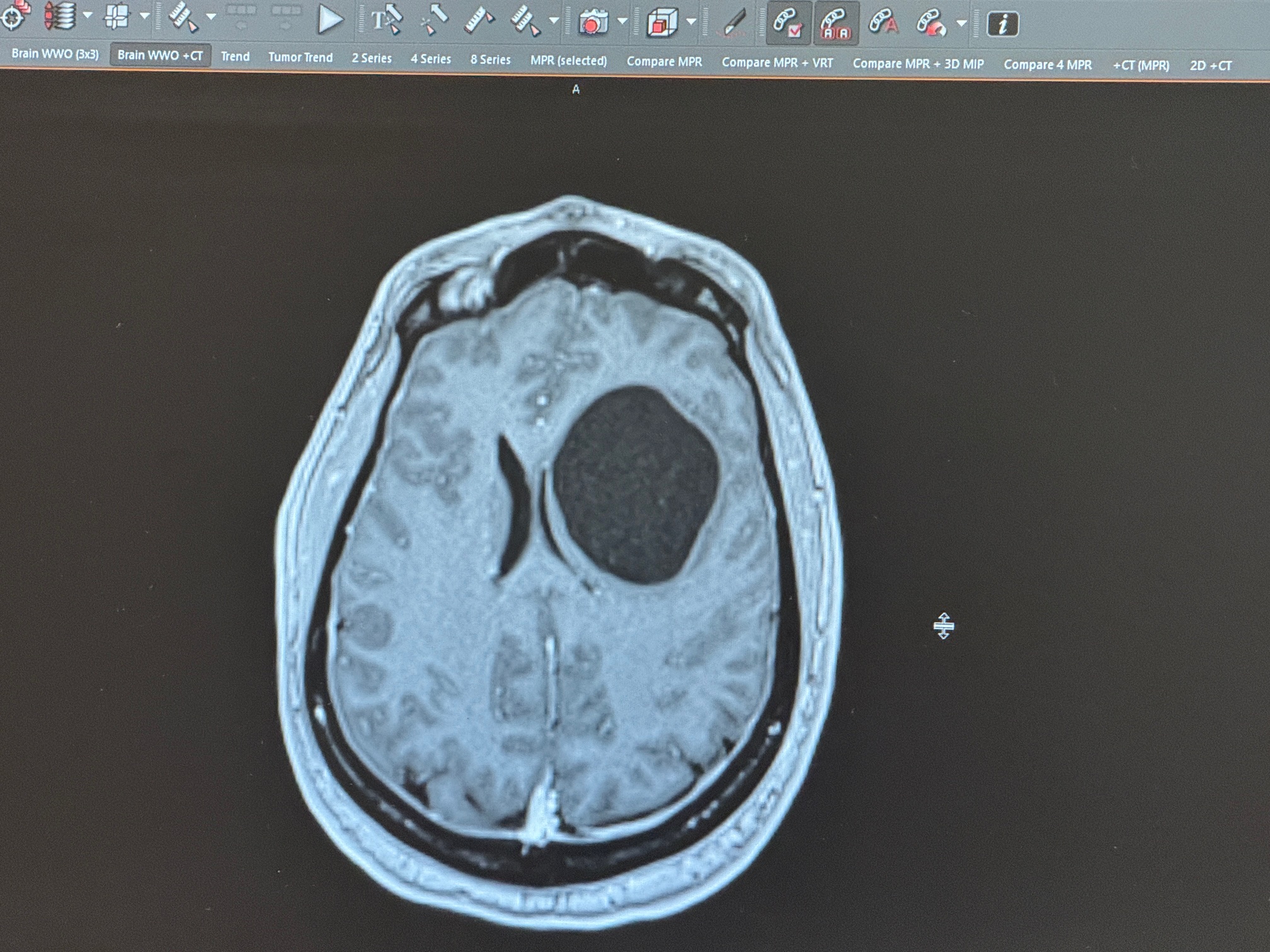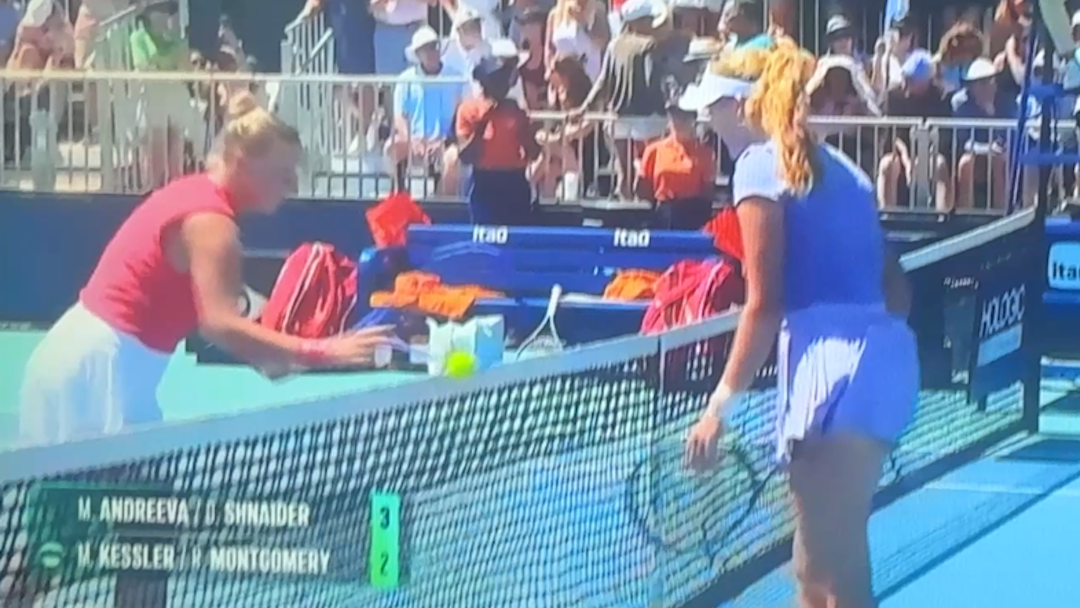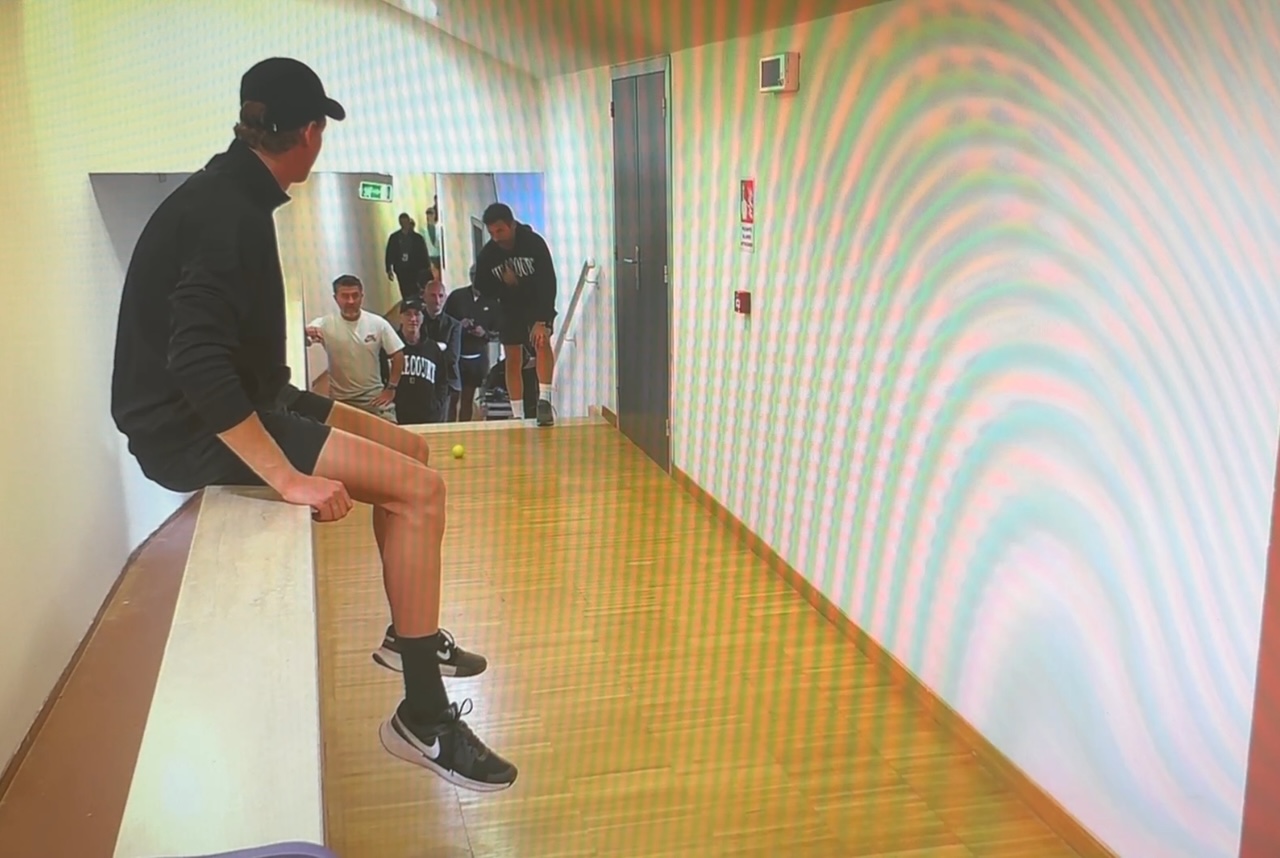I have a personal theory that people who grew up playing junior tennis on clay courts generally make more accurate line calls than players who spent their formative years on hard courts. The reason I think that is because the ball marks left on clay can be inspected immediately after each call is made. In fact, if it is close, the players usually insist on it. The result is that people who have a lot of playing hours on the dirt have also received continuous feedback about the accuracy of their calls. Other court surfaces don’t provide the same insight.
More recently, I have also started to wonder if players who spend significant time on clay as adults can create the same benefit. I am more comfortable calling close balls on a clay court because I know I can overrule myself upon inspecting the mark. For me, the clay surface almost always confirms my initial flash judgment, but not always. The surface itself is an accountability mechanism.
As a tennis player who grew up on hard courts that are frequently covered with a thin veil of dust, I have always found it curious that inspecting marks on hard courts is explicitly not allowed per the rules of tennis. While there are provisions for mark inspection, it is only allowed on clay where players and officials regularly walk over to verify a spot. The presence of that mark often quickly settles disputes. However, on hard courts, where marks are sometimes clearly visible, mark inspection is prohibited.
One of the more underrated aspects of growing up on clay is how it potentially shapes a player’s willingness to self-correct. On hard courts, players often feel pressure to stand firm in their calls. But on clay, it’s entirely normal to walk over, check the mark, and admit a mistake if the evidence is clear. In that sense, clay teaches humility. Players quickly learn that being wrong isn’t shameful—it’s just part of the process. That dynamic reinforces an internal honesty and accountability that naturally carries over into their overall court demeanor.
Additionally, the ritual of mark inspection on clay can also diffuse tension between players. When both sides can see the mark, it transforms a potential argument into a moment of mutual assessment. Even if players disagree on interpretation, the process demonstrates a willingness to engage fairly. That shared scrutiny builds a certain trust that’s hard to establish on surfaces where the mark can’t be checked. That goes a long way in keeping the competitive spirit civil.
Tomorrow, I will wrap up the weekend by taking a quick glance at the recent controversial use of electronic line calling at recent professional tour events. It’s a currently trending topic for hot takes.



